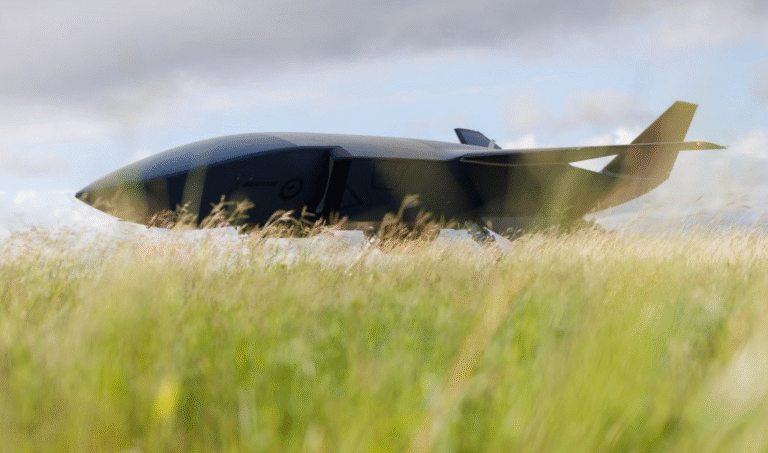
The Army has taken another step forward in its pursuit of new directed energy weapons that can zap small drones.
The service issued a request for information on Oct. 30 to inform an Enduring-High Energy Laser (E-HEL) production effort, with an eye toward holding a competitive source selection as early as the second quarter of fiscal 2026.
Officials are also planning to host a technology demonstration at Dugway Proving Grounds in Utah in December and January to offer vendors an opportunity to participate in a test range event, according to the RFI.
The Army’s Rapid Capabilities and Critical Technologies Office has prototyped laser weapon systems for other projects such as Directed Energy Maneuver-Short-Range Air Defense (DE M-SHORAD). However, the E-HEL initiative is expected to be the service’s first program of record for this type of technology, according to an Army news release.
High-energy lasers could offer significant advantages over traditional air defense weapons, including faster engagement, lower cost per shot and deeper magazines, experts say.
“These characteristics could in turn produce a favorable cost-exchange ratio for a defender, whose marginal costs would be significantly lower than those of an aggressor,” according to a Congressional Research Service report released last year.
However, there are technical challenges involved, such as beam control, thermal management, and size, weight and power issues.
“These weapons could … face limitations not faced by their kinetic counterparts. For example, atmospheric conditions (e.g., rain, fog, obscurants) could potentially limit the range and beam quality of DE weapons, in turn reducing their effectiveness,” per the CRS report.
According to the new RFI, the Army is looking to produce up to 20 E-HEL platforms using a modular open system approach and “leveraging range proven laser and beam control technologies.”
While directed energy weapons have applications against a variety of threats, the E-HEL effort is geared toward defeating small unmanned aerial systems — which are seen as a growing menace on the battlefield — including kamikaze drones or “one-way attack” UAS that are designed to crash into their targets.
Boosting the U.S. military’s ability to counter small drones has been a top priority of Defense Secretary Pete Hegseth, who directed the secretary of the Army to establish a new joint interagency task force for developing capabilities to defeat these types of platforms.
“E-HEL is expected to produce a hard kill (inability for the UAS to maintain flight) of Group 1 and 2 UAS and one-way attack (OWA) Group 3 UAS,” officials wrote in the RFI, referring to categories of unmanned aerial systems on the smaller end of the spectrum.
The new laser capability is intended to support both semi-fixed and maneuver operations in a “palletized” configuration or via integration onto a Joint Light Tactical Vehicle, they noted.
“E-HEL is intended to track Group 1-3 UASs in both ‘blue sky’ and cluttered conditions based upon accepting external Forward Area Air Defense (FAAD) cues to the UAS,” officials wrote.
Responses to the RFI are due Nov. 21.
The government “anticipates a potential future competitive source selection, initiated in FY26, Q2 or later,” according to officials.





